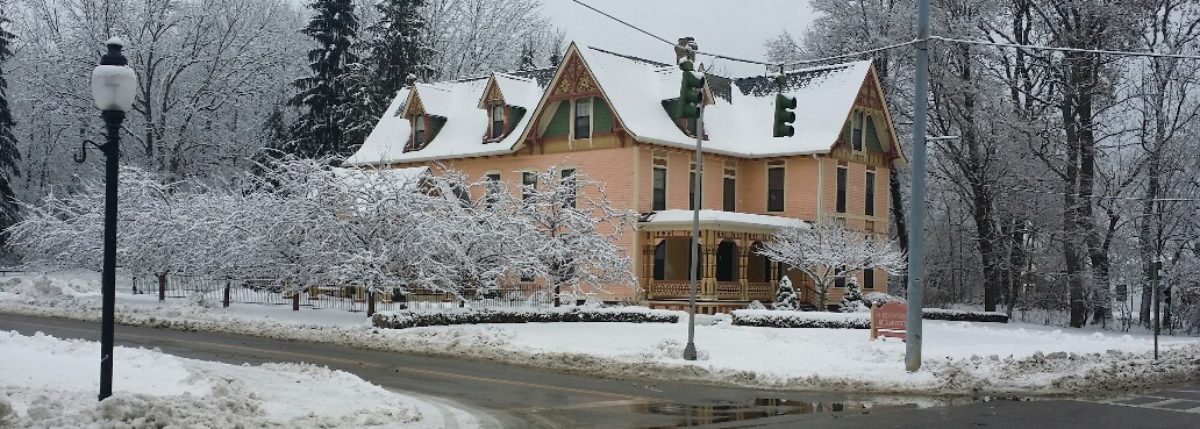Bonus depreciation under §168(k) provides that the taxpayer may deduct 50% of the cost of qualifying new assets put into service in taxable years from 2015 to 2017, phasing down to 40% in 2018 and 30% in 2019.
This means that an unraced, untrained Thoroughbred yearling is eligible for bonus depreciation because a buyer will be placing the horse in service for the first time. It’s a “new” horse for bonus depreciation purposes. However, a Thoroughbred sold as a 2-year-old in training probably is not, nor is a mare in foal.
Note that changing how the horse is used, buying a show hunter as a broodmare for example, does not constitute a new “original use” for bonus depreciation purposes.
To summarize, the tax rules provide that a horse business with “used” qualifying property may:
- First take a 179 expense, if any
- Then take MACRS expense
However, a horse business with “new” qualifying property may:
- First take 179 expense, if any
- Then take 168(k) bonus depreciation
- And then take MACRS expense
Importantly, if §179 does not apply because of certain limit triggers then bonus depreciation and MACRS still apply.
So you can see that by taking §179, and bonus depreciation, and MACRS, those taxpayers with qualifying property have significant cost recovery tools.


